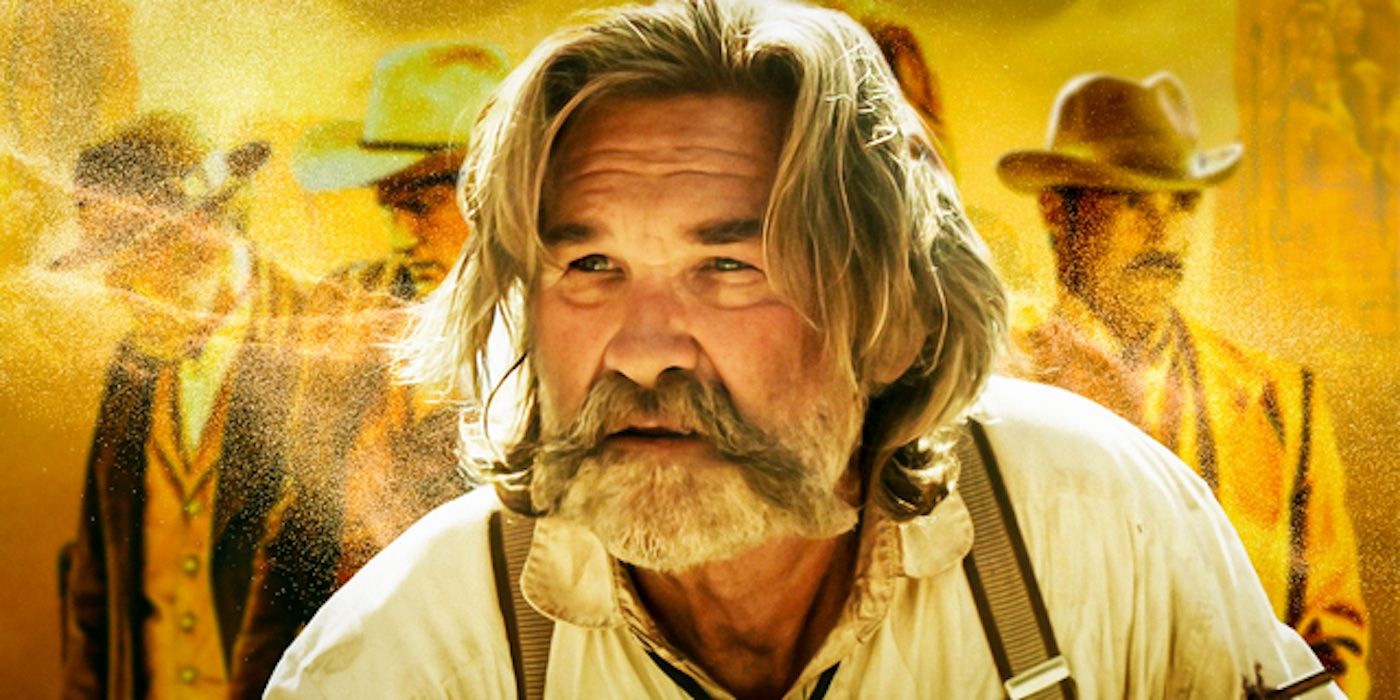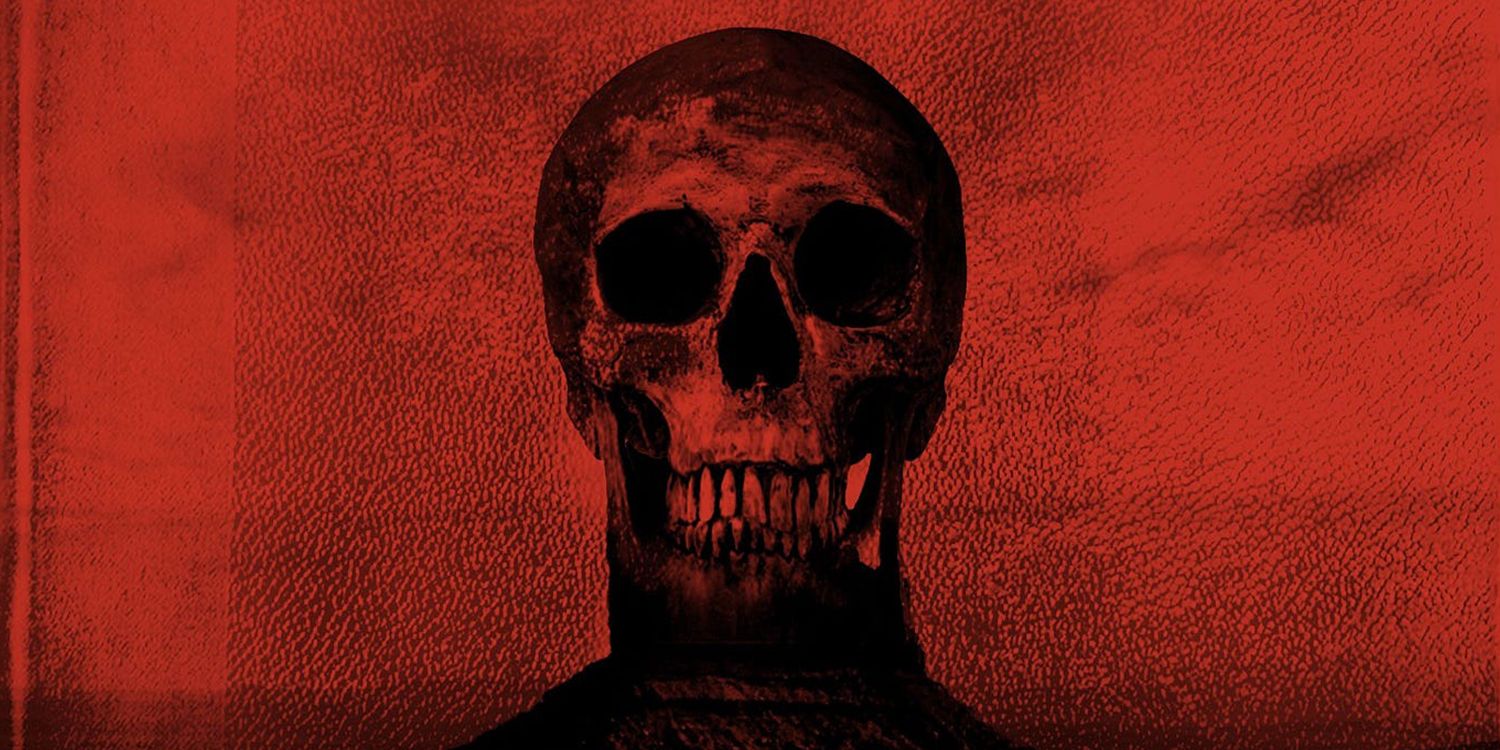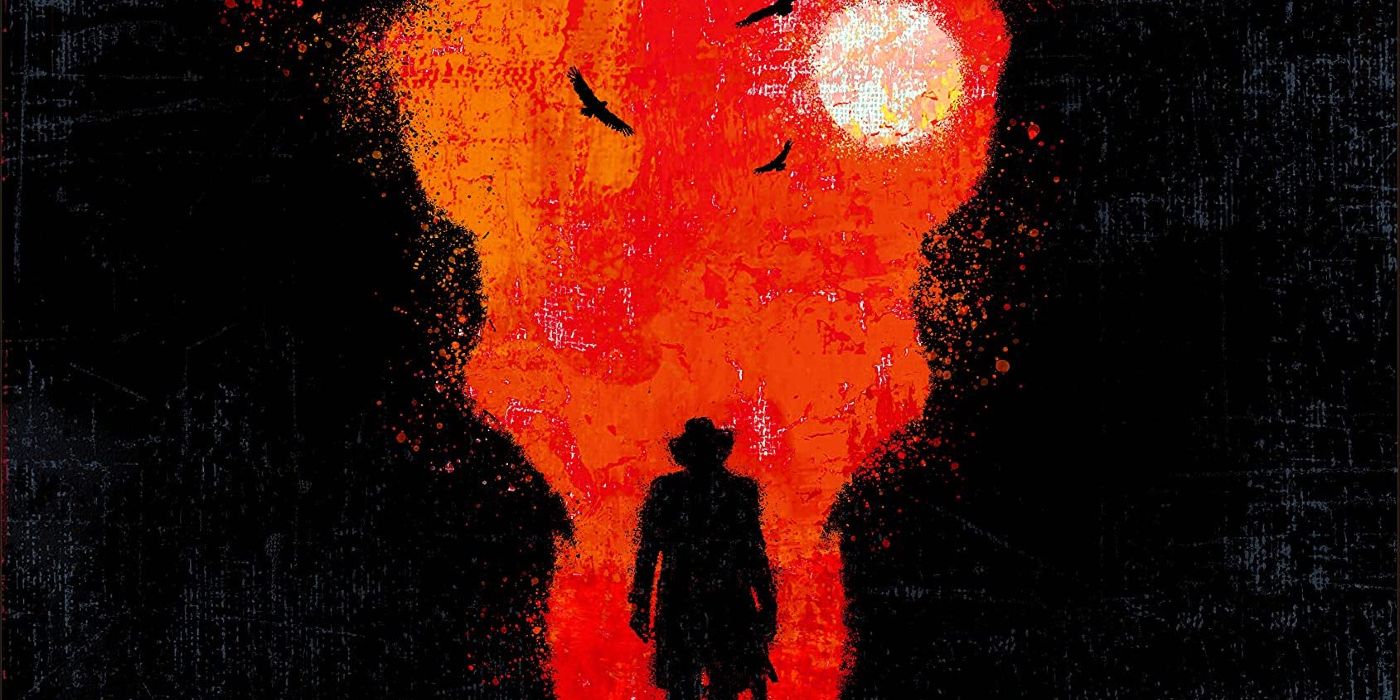Bone Tomahawk is a brooding horror Western that explores a dark story and darker ideas, but the 2015 movie’s critical success proves that a novel from the same genre – once considered unfilmable – can and should be adapted. S. Craig Zahler’s film, which boasts an all-star cast including Kurt Russell, Patrick Wilson, and Matthew Fox, is uncompromising in its brutality – oscillating between the deliberate pace of classic Western stories and explosions of horrific violence. Such a combination could be deemed off-putting. Yet, not only do these ingredients help Bone Tomahawk succeed, but they also point the way for other similar projects.
In its basic premise, Bone Tomahawk is not unlike many more traditional Westerns, with a group of disparate characters assembling in order to rescue some townsfolk from hostile outsiders. However, while these story elements have been seen elsewhere, the specifics are uniquely horrifying. The kidnappers in question are cannibalistic and extremely violent, leading to some of the most harrowing moments in any Western movie. The fact that Bone Tomahawk still secured 91% positive reviews with such extreme subject matter proves that grim Westerns can still succeed – proving that one long-awaited adaptation is a real possibility.
Bone Tomahawk’s Success Makes A Blood Meridian Movie Possible
Its Dark Themes And Violence Are No Barrier
Long considered both one of the great American novels and “unfilmable” (per Collider) due to its disturbing content and unconventional story structure, Cormac McCarthy’s Blood Meridian is widely considered one of the best books never filmed. First published in 1985, the story centers around a mysterious protagonist – known as “the kid” – who joins a group of scalp hunters rampaging across the Old West. The novel itself, which eschews traditional punctuation and blurs the line between imagination and reality, explores existential themes of religion, violence, and spirituality – all through a narrative that features some of the most spectacular violence committed to the page.
Although multiple Hollywood adaptations have been attempted, there have always been several obstacles for a Blood Meridian movie to overcome. Perhaps the most significant is the story’s villain, Judge Holden. A pale, hairless, physically imposing man with a genius-level intellect and sadistic personality, Holden is an embodiment of humanity’s potential – both good and bad. It’s through Holden that Blood Meridian explores its most enduring themes, as well as its most upsetting violence. His central presence makes any potential Blood Meridian adaptation an inherently dark affair – something long considered insurmountable.
Though the cannibal angle is an interesting twist, it allows
Bone Tomahawk
to focus on the same themes as McCarthy’s book.
Having such a bleak presence at the center of a Western story is a risk in a genre that, historically at least, has thrived when focusing on heroism and hope. This is where Bone Tomahawk‘s success strengthens Blood Meridian‘s case. While the rescue mission seems heroic, the real purpose of the story is to explore what happens when we’re confronted with humanity’s dark potential. Though the cannibal angle is an interesting twist, it allows Bone Tomahawk to focus on the same themes as McCarthy’s book. That the movie was so well received suggests that Blood Meridian‘s grim story could also find an audience.
Blood Meridian Clearly Has Potential As A Movie
It’s Been Discussed For Decades
There’s no denying that adapting Blood Meridian has been an intoxicating prospect for multiple filmmakers. In the 1990s, Tommy Lee Jones acquired the movie rights, before abandoning the project. Later, Ridley Scott (who worked with McCarthy on the critically-panned The Counselor) set out to create his own version of the story after finishing Kingdom of Heaven, yet found that “it would be an X-certificate” due to the violence (per Eclipse). Despite the book’s strikingly evocative imagery, the level of violence necessary to authentically reflect the novel’s true meaning keeps getting in the way.

Related
Bone Tomahawk Ending Explained
2015’s critically acclaimed 2015 Western horror Bone Tomahawk features a shocking, grisly ending that leaves a whole host of questions unanswered.
In this regard, Bone Tomahawk sets a clear precedent for how the book could work on the big screen. While Blood Meridian‘s extreme content is more unrelenting (including cruelty to animals and children), Bone Tomahawk is living proof that graphic violence is no obstacle to critical success. The movie’s scenes in the troglodytes’ cave for instance, are sickening in their matter-of-fact brutality – exactly the tone a Blood Meridian adaptation would need to capture. While it would be difficult, looking to Bone Tomahawk for inspiration would be a good start for any filmmaker.
Blood Meridian Has Different Challenges To Bone Tomahawk
The Difficulties Extend Beyond Violence
If it were just the levels of violence, the excuses for not adapting Blood Meridian would be more difficult to understand. After all, there have been plenty of extremely violent films that have had success – critically and commercially. What makes Blood Meridian particularly difficult is the scope of its story – narratively and thematically.
…violence is merely a conduit for the prose to delve into topics like religion, the meaning of life, death, nihilism, and a range of other weighty subjects.
In the book, violence is merely a conduit for the prose to delve into topics like religion, the meaning of life, death, nihilism, and a range of other weighty subjects. Of course, these are all ideas that cinema is capable of tackling. However, there is an understandable question of how, when combined with such a bleak tone, a movie could make such a rigorous intellectual exercise appealing.
This relates to the issue of the novel’s scale. Part of what makes Blood Meridian seem so cinematic is its evocative depiction of the American landscape – a key facet of the story that would necessitate expensive on-location shoots for any movie version. This, in turn, would increase pressure on the project financially – perhaps compromising a studio’s willingness to allow some of the most egregious violence. Bone Tomahawk already proved that, for all its critical success, dark Westerns aren’t necessarily financially viable – a problem that Blood Meridian would undoubtedly exacerbate.





